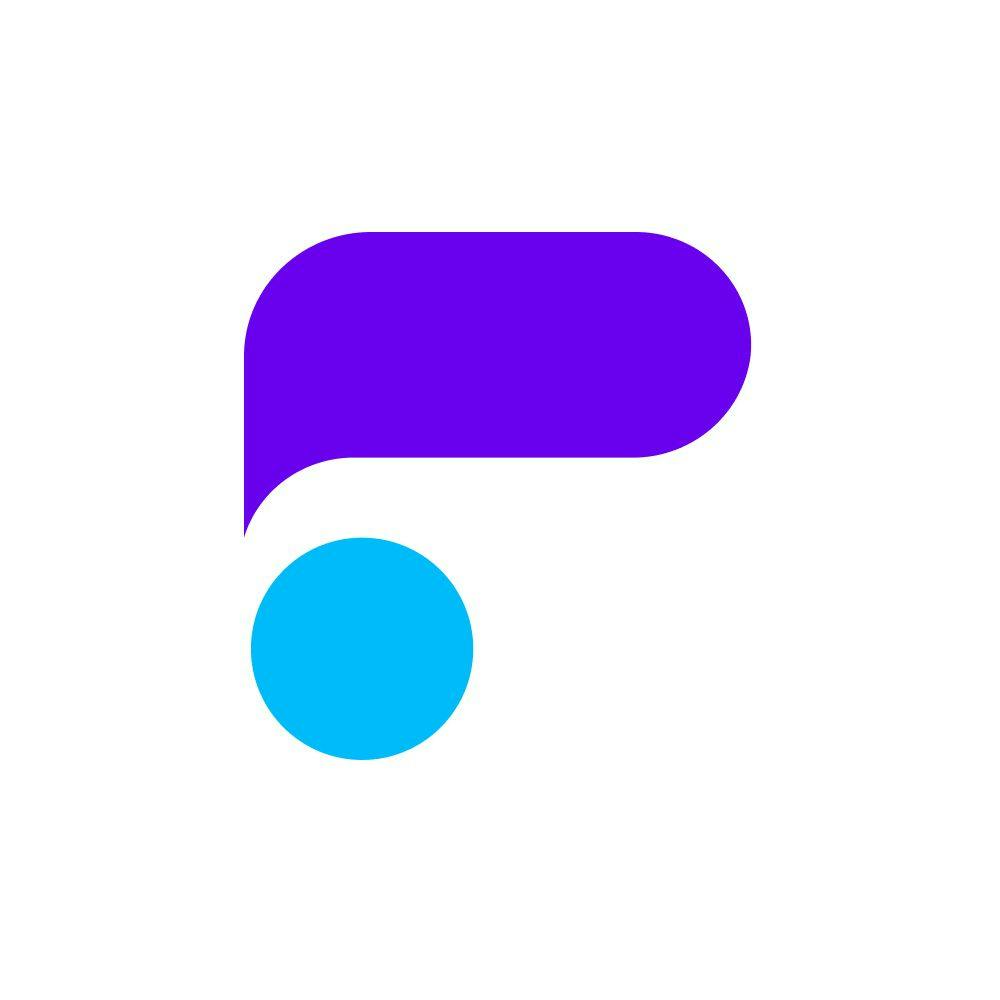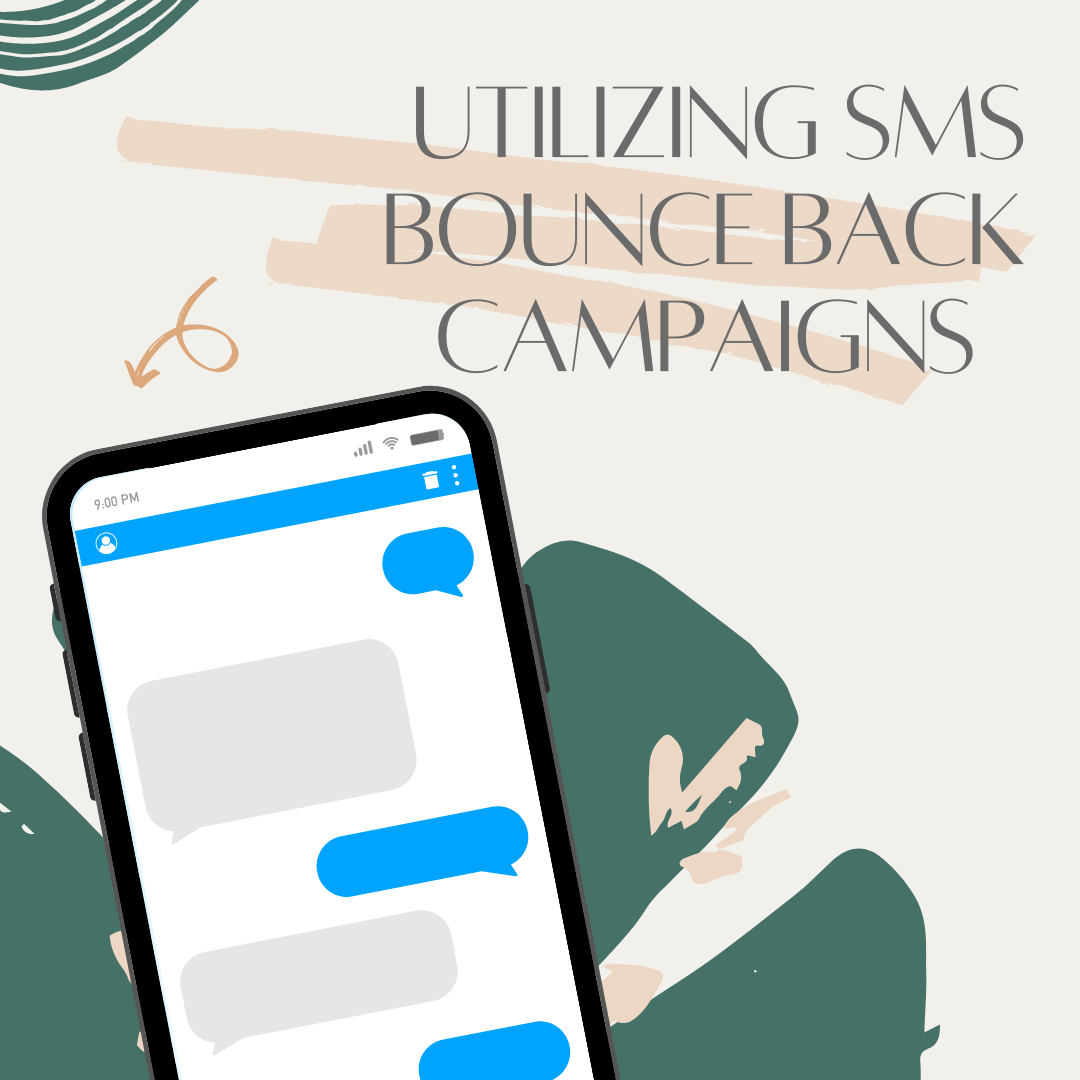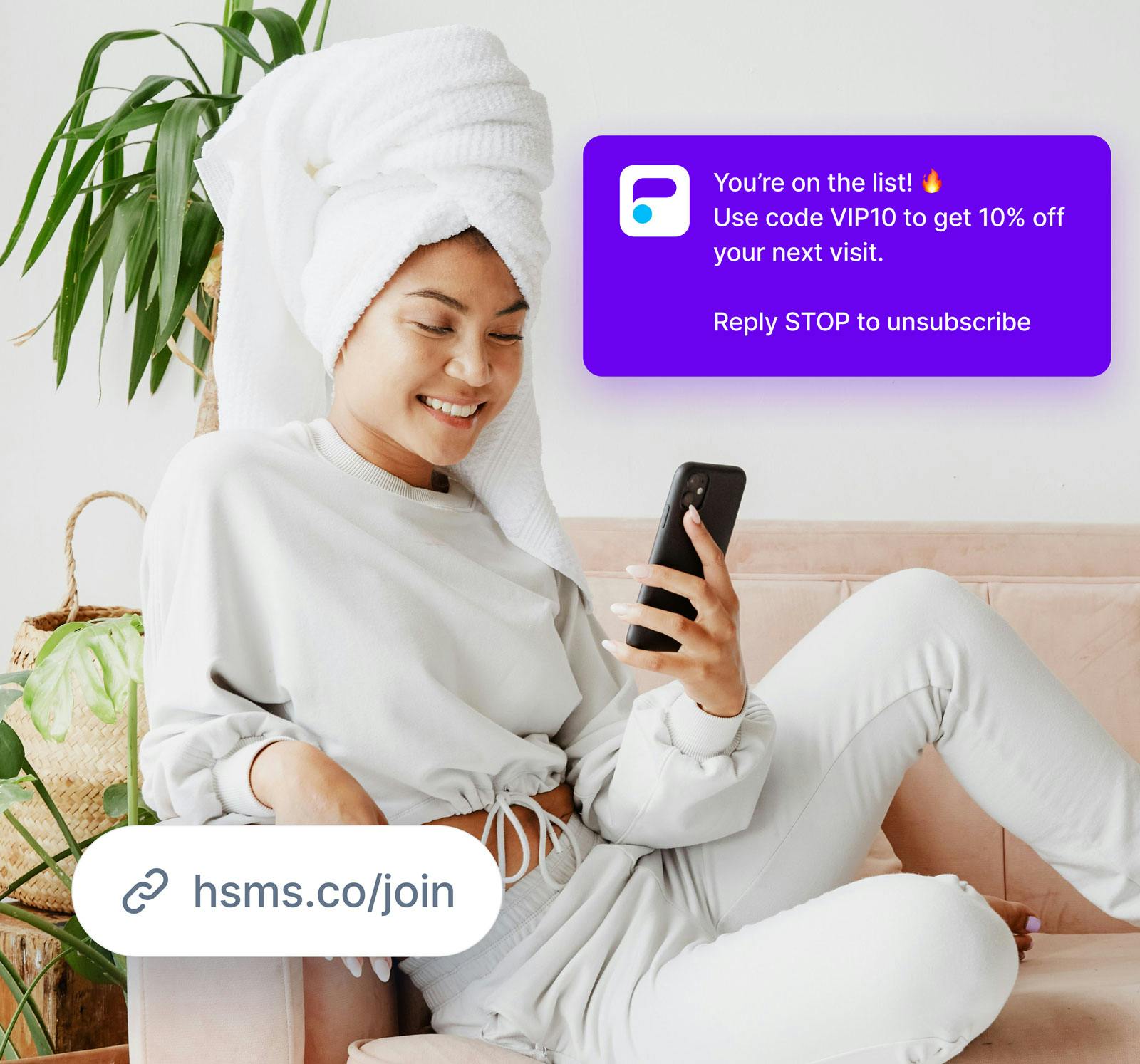Utilizing SMS Bounce Back Campaigns
Boost revenue with effective bounce back campaigns: Aimed at encouraging repeat transactions from customers after their initial purchase.

By Mathew Gorka
November 21, 2022
8 min read

In this blog we’ll be discussing bounce back SMS campaigns. This pairs with the theme of our last blog, Recovering Abandoned Carts with SMS, by maximizing profits of customers that are further along in the conversion funnel.
The truth is, most marketers become infatuated with top-of-funnel marketing, where they spend all of their time looking to attract new customers. While this is a critical function of marketing, there are often higher-probability conversions already sitting within your funnel. So what are bounce back campaigns?
A Brief Summary on Bounce Back Campaigns
Bounce back campaigns are a function of repeat business. The goal of a bounce back campaign is to get an existing customer to transact with you again after their purchase. Bounce back campaigns are focused on revenue growth and are executed with speed and precision. One of the caveats of bounce back campaigns is that the customer has already purchased something from your business, so you know there is interest and a willingness to convert.
Bounce back campaigns encompass several aspects of marketing including cross selling, upselling, and incentivization. These campaigns are designed to keep the customer coming back for more of your company’s products or services. Clever marketers will go as far as to combine products and services for a unique customer experience.
Examples of Bounce Back Campaigns
Let’s look at a pilates studio. A member signs up for a new set of classes. It is easy to rest on our laurels and consider this a job well done. But what if there is more revenue and a better experience you can provide to increase profit and loyalty for that customer? Customers expect personalization. They want to feel like the pilates company is in tune with their goals and expectations.
So, how can we expand the experience for this customer? To start, we can think about what the customer would also be interested in. While pilates is a largely calisthenic exercise, there is still apparel that enhances the experience. In this example, directly after purchasing the class, the customer would be offered a discount on branded apparel, grippy socks, or any other products that the studio offers.
In the pilates studio example we can see that the bounce back campaign does not always have to be 1:1. In other words, they didn’t have to offer more services on top of the service that was purchased. Similarly for hard goods companies, they do not have to offer a product in addition to a product.
Not all businesses offer a combination of products and services and there is no issue if you do not meet the criteria of a pilates studio. For example, let's examine a pizzeria. They can combine goods and services by offering a discount or free delivery on their next order. That would be comparable to the pilates studio, combining goods and services. But there are other options as well.
The pizzeria can instead decide to offer a discount on the next food order. It can be a flat percentage off the order, a BOGO (buy-one-get-one-discounted), a free additional item like a calzone or free two liter soda, etc. In this instance they are using other product offerings to entice the customer to come back.
The goal is to think outside of the box and understand how all offerings relate to your customer. Then, find a clever way to pair them and delight them. Regardless of what you sell, your goal should be to continually market to that engaged customer. Retention, loyalty, advocacy, and increased revenue per customer are all great ways to boost your business.
Benefits of Bounce Back Campaigns
Bounce back campaigns target existing customers who have already transacted with your company, making them extremely effective. Aside from their effectiveness they are also inexpensive, profitable, and have a high probability of success. We can start with the obvious: it’s easier to turn a customer into a repeat customer than it is to find a new customer that will actually convert. Prior actions are often indicative of future results, and your business should capitalize on that.
Aside from higher probability, bounce back campaigns are also significantly cheaper than prospecting campaigns. How much cheaper? Reports vary, and the exact number will depend on how much you spend on attracting new customers. We’ve seen reports that new customer acquisition can be as much as 10x more expensive! Without knowing your budget, we’ll refrain from the salesperson tactics, but we are confident that retention is cheaper than acquisition.
Using SMS and Automation to Power Bounce Back Campaigns
It’s no secret that customers prefer SMS. Hopefully by this point your business prefers them too. It’s hard to argue with open rates hovering around 98%. Also, we’ve discussed the importance of speed. People check their phones hundreds of times a day. Most people have audio alerts like a ping, or vibrate alerts, for text messages. Why worry about your email making it past a bunch of spam filters, junk mail folders, and the end user cycling through multiple accounts? SMS marketing gets your bounce back campaign to the customer fast, with high efficacy.
The right SMS marketing provider, like Helios, is packed with all of the features and automations you need to supercharge your bounce back campaign needs. The first thing you’ll need is to establish segmentation. Any customer that makes a certain purchase within a timeframe should go into a bounce back segment.
Next, you’ll want to schedule your outreach. We suggest having your bounce back campaign sent out as soon as the user is added to your bounce back segment. The addition to that segment can be considered your trigger (the action that signals the beginning of the campaign, often sending out the first message of a flow).
After that you’ll want to set up keyword automation so that the flow of messages knows how to respond. The initial message should state the value proposition, or what it is that you’re offering. Regardless of what you’re offering, you need to have a conclusion to the effect of ‘if interested, reply ‘_______’. The corresponding reply will tell Helios what to send next (usually the offer). The offer can be a promo code, QR code, or anything else that you’d like.
A Summary on SMS Bounce Back Campaigns
And that’s it. You’re now utilizing conversational commerce to drive retention and revenue for your business. Remember that bounce back campaigns are inexpensive, profitable, and engaging for your customers. Need more proof? Look to the Pareto Principle, also known as the Law of the Vital Few, or the Principle of Factor Sparsity. Regardless of what you call it, it states that 80% of outcomes come from 20% of the causes. Shifting to looking through an ecommerce lense, nearly half of a company’s profits come from less than 10% of its customers. So lean in to SMS bounce back campaigns with Helios and drive revenue from your best source – existing customers!
As always, make sure your recipients have given express written consent and opted-in to your messaging.
Ready to level up your text message marketing?
